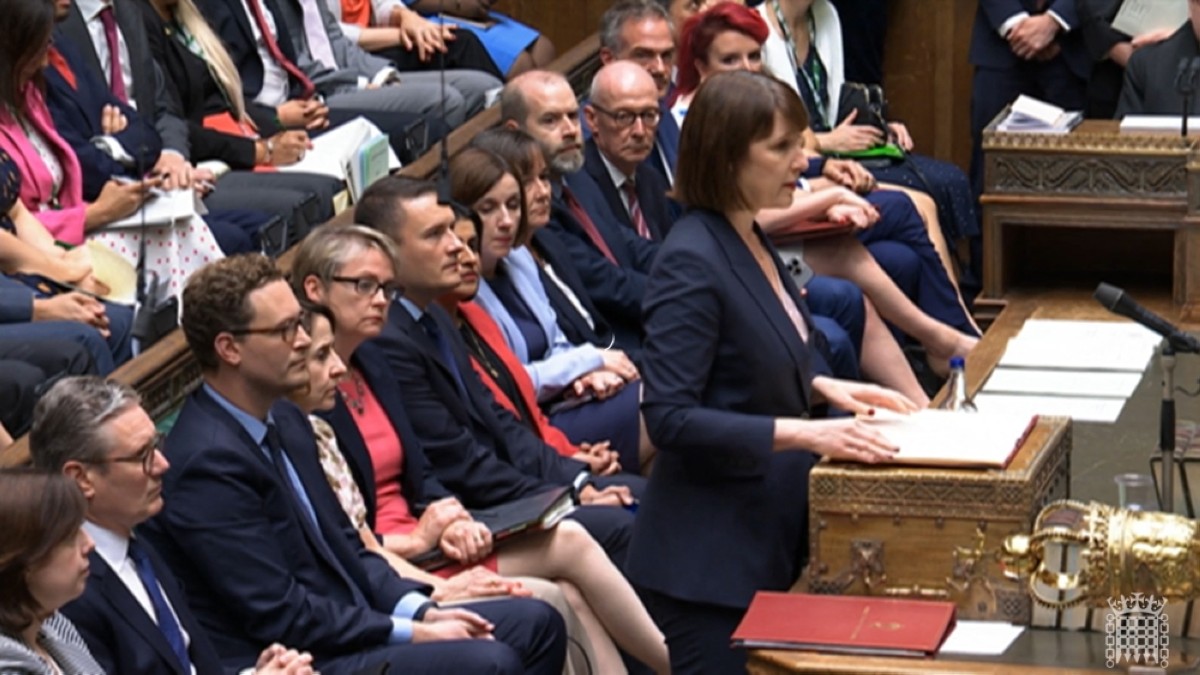Global equity markets: Sustained rally hinges on resilient economy, Fed pivot
KUWAIT: Most international equity markets ended 2023 with substantial gains as investors looked past various headwinds ranging from high inflation, hawkish central banks, and the possibility of a recession.

Adverse geopolitics and oil market volatility were additional risk factors. Emerging markets underperformed along with GCC markets amid ongoing economic weakness in China and lower oil prices and growth prospects in the latter. Though a reversal of tight monetary policy will be supportive of equities in 2024, a sluggish global growth outlook and ongoing geopolitical risks could weigh on performance.
The positive annual performance was thanks in part to a strong first half where an AI-driven tech rally lifted major indices. Despite a selloff in Q3 amid profit taking and renewed inflation and recession concerns, losses were reversed in Q4 on signs of economic resilience, decelerating inflation, and optimism that restrictive monetary policy was nearing its end. In addition, the rally came despite adverse geopolitics which could potentially disrupt global supply chains and lead to renewed inflationary pressure.
After major indices ended the year near all-time highs, markets have since been volatile ahead of key economic data releases. Moreover, some investors have reassessed their previous aggressive rate-cut calls which may have been optimistic given the Fed’s own dot-plot projections and comments suggesting the possibility of a relatively long period of restrictive policy. The rally will likely resume should inflation prove to be supportive of a dovish Fed pivot along with no material weakness in economic indicators that would boost the soft-landing scenario. However, should the data justify a ‘higher for longer’ policy approach, investor sentiment and market performance could be hit in coming months.
Markets mostly positive
Global equity gains were led by US indices, driven largely by optimism that the economy will be able to weather monetary tightening and recession odds. The tech rally in the first half of 2023 drove tech-heavy indices like the Nasdaq Composite (+43 percent in full-year 2023) and S&P500 (24 percent) higher compared to less inclusive indices such as the Russell 2000 (15 percent) and Dow Jones (14 percent).
However, the broader market subsequently gained momentum in Q4 as lower inflation and better corporate earnings contrary to expectations earlier in the year fueled upbeat market sentiment. Further support came from the better-than-expected holiday season sales reflecting a still solid consumer sector. The Euro Stoxx 50 rose 19 percent y/y as European markets benefited from similar optimism, but the MSCI Emerging Market index underperformed, up a relatively modest 7 percent, weighed down by ongoing economic weakness in its largest constituent – China.
GCC market performance was mixed but mostly positive (MSCI GCC +3.1 percent y/y) with strong gains in Dubai (22 percent) and Saudi Arabia (13.5 percent) partly offset by losses in Oman (-7.4 percent), Kuwait (-6.5 percent), and Abu Dhabi (-6.2 percent). Dubai and Saudi Arabia continued to benefit from strong non-oil economic activity thanks to business-friendly reforms aimed at growing the private sector, which involved a large privatization drive and an unprecedented number of IPOs for two consecutive years.
The strong corporate sector activity should continue in 2024, as the region’s two key markets compete for foreign capital and undergo an economic transformation. Meanwhile, lower oil prices (and production) and weakened fiscal positions, slower growth, higher interest rates, and the general absence of a catalyst contributed to muted activity in other regional markets.
Economic data and Fed policy
Though equities are poised to perform well this year given receding headwinds, an unclear growth outlook and geopolitical uncertainty remain key downside risks. On the other hand, lower bond yields and interest rates, and a still resilient economy with durable earning performance are bullish factors for equities in 2024.
Another rally is possible this year with investors mostly betting on a sooner-rather-than-later dovish Fed pivot, which in turn will depend on inflation softening sustainably towards the Fed’s 2 percent target. Lastly, a pivot accompanied by continued economic resilience, rather than in response to a downturn, will in our view be decisive for longer-term market confidence and momentum.
In other words, monetary easing in tandem with a soft economic landing will present the ideal conditions for a bull market. Meanwhile, the strong upside potential of underperforming EM stocks, especially if paired with signs of recovery in the Chinese economy could support EM equities, though investor confidence remains weak in the risk laden economy.











